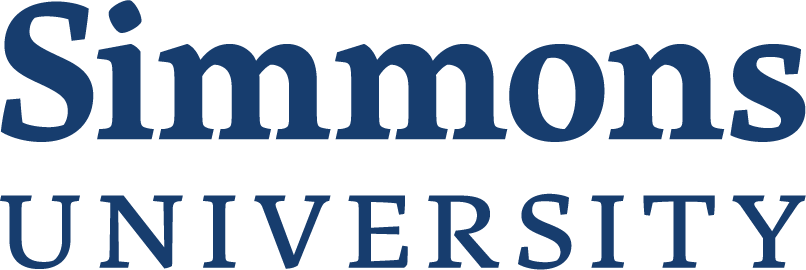Making Sense of Misinformation in our Everyday Lives
Posted November 29, 2021 by Bryanne McArdle
With Thanksgiving coming, here, or past (whenever you the reader are oriented date-wise), I’m always thinking about how when I was in elementary school in the late 1990s and early 2000s, Thanksgiving was always about turkeys with multi-colored tails, or pastel colored-fake Native headdresses, or black construction paper Pilgrim hats. All of which are wrong on many levels. And when you’re attending a school of library and information science, emphasis on the information part, the level of wrong only becomes more clear, and uncomfortable.
As a native New Englander who grew up with wild turkeys in my backyard, even as a child I could tell you they do not have tail feathers that are bright yellow, red, green, and blue. Real turkeys are terrifying miniature dinosaurs that will attack you for so much as looking at them wrong. So why did I take that lie as nothing, and not think that maybe all of it was wrong, or at least off? The true answer was I was a child, and as much as I would like to say children are a lot smarter than we all give them credit for, it’s not fair to hold them, especially 1st grade me, to adult me’s understanding of the world.
Since my childhood I have learned a great deal, and on the topic of misinformation, my classes at SLIS have done an admiral job not only debunking specific myths, but also giving me and my fellow students the tools to investigate different informational sources and analyze their trustworthiness. This was a major part of my course Information Sources and Services last semester, but almost every class I’ve taken at Simmons has talked about this briefly. And that makes sense from a theoretical standpoint. In the information age, what information do we trust? There’s no question it can be a loaded topic.
But, and if there’s anything I’ve learned at SLIS, they are things we should think about and discuss. It may be unpleasant to face that information we read or taught in the past was wrong but challenging ourselves to re-examine why this information was shared and spread is vital. The spread and dissemination of information is a huge part of the theories in information science (also the name of a class at SLIS and one I deeply recommend), so ignoring this to avoiding today’s divisive politics on this matter won’t do any good. And if anything, will only lead to more erasure, hardships, misinformation, misunderstandings.
But let’s re-focus on Thanksgiving again. For most people, it’s a nice time to you to gather with friends or family and have a nice meal together. And the myth of how the Pilgrims and Wampanoag peacefully broke bread helps make this nice setting, but it’s not true. November 25th is instead the National Day of Mourning for Indigenous people and has been since the 1970s. Why? And why did I not learn about this in school? The answers to this, like the true history behind Thanksgiving, is not the most pleasant but can easily be understood through information science theories.
If you would like to take the steps into re-educating and re-informing yourself on Thanksgiving specifically, I recommend the following resources, which I was introduced to through Simmons University’s Office of Organizational Culture, Inclusion, and Equity (OCIE).
United America Indians of New England. (2021). Homepage. UAINE. http://www.uaine.org/
National Museum of the American Indian. (n.d.) Harvest Ceremony: Beyond the Thanksgiving Myth-a Study Guide. National Education Association. https://neaedjustice.org/wp-content/uploads/2017/11/NMAI_Harvest_Study_Guide.pdf?_ga=2.16963578.2137547637.1635948296-1142629808.1635948296https://neaedjustice.org/wp-content/uploads/2017/11/NMAI_Harvest_Study_Guide.pdf?_ga=2.16963578.2137547637.1635948296-1142629808.1635948296
